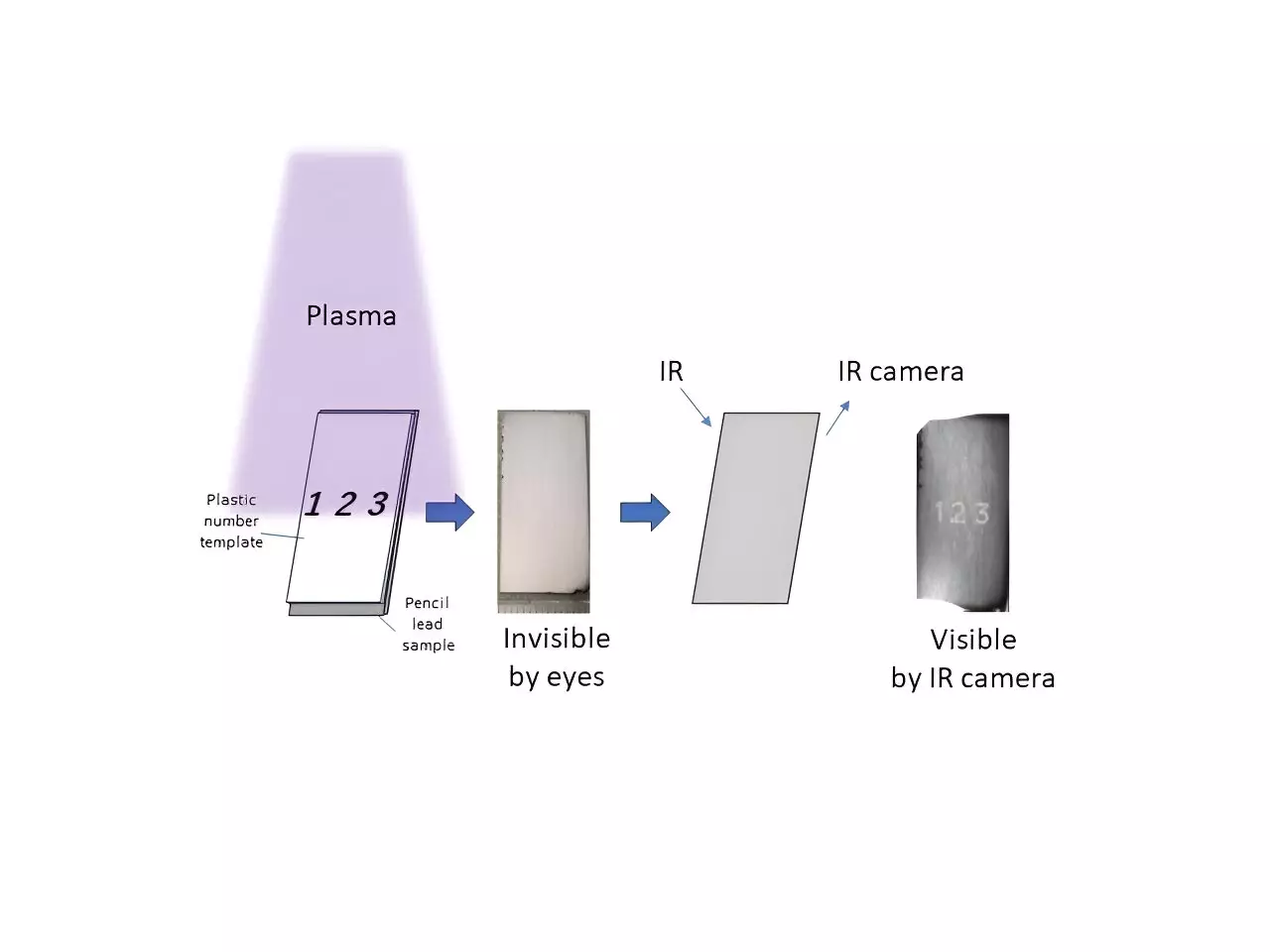Optical materials play a pivotal role in a vast array of contemporary technologies, serving as critical components in various applications that range from telecommunications to medical diagnostics. These materials are specifically designed to manipulate light in a controlled manner, influencing how it is absorbed, reflected, or transmitted. As society advances towards an increasingly digital future, the demand for efficient optical materials is surging. However, the high cost and complexity associated with traditional optical materials present significant barriers in scaling their production.
The manufacturing process for these optical materials is often intricate, requiring careful quality control and multiple stages of production to ensure optimal functionality. Additionally, many materials utilize rare-earth elements—scarce resources that contribute to unsustainable manufacturing practices. Thus, researchers have been on the lookout for innovative methods to create cost-effective, environmentally friendly optical materials. A recent breakthrough from a team of researchers in Japan has presented a promising solution to this challenge.
In an innovative study led by Professor Hiroshi Moriwaki and Associate Professor Shouhei Koyama at Shinshu University, pencil lead has been identified as an unexpected yet capable alternative for developing optical materials. Their research, published in the journal *Optical Materials*, reveals that pencil lead can be modified using plasma technology to create unique optical features, including the ability to print invisible characters perceptible only with infrared cameras.
The process begins with the application of plasma—a highly energetic, ionized gas—on pencil lead. Previously established research indicated that irradiating pencil lead with plasma modifies its light reflection properties and introduces a variety of vibrant structural colors. The structural colors emerge from optical interference between the clay and graphite components inherent in pencil lead.
In this latest investigation, the research team took a crucial step by systematically varying the duration of plasma exposure. By placing samples of pencil lead in a plasma chamber and assessing the outcomes after durations ranging from a mere ten seconds to three minutes, they succeeded in creating a novel optical material with varied reflectance spectra. This reaction was attributable to the plasma etching that removes graphite and uncovers a thicker layer of clay capable of generating interference patterns in both near-infrared and mid-infrared wavelengths.
The findings from this work hold significant implications not only for the field of optical materials but also for numerous practical applications. The research team demonstrated that by selectively etching the surface of pencil lead, they could create alphanumeric characters that are invisible to the naked eye. These characters become visible only under specific infrared light conditions, suggesting potential utility in secure printing technologies and anti-counterfeiting measures.
The innovation illustrated by this research is particularly noteworthy because it utilizes a commonplace and inexpensive material, pencil lead, as a foundational element. The simplicity and accessibility of pencil lead may lead to a paradigm shift in how optical materials are produced, fundamentally altering existing manufacturing processes. With researchers aiming to establish a cost-effective method to transition from traditional optical materials to more sustainable solutions, this work propels the potential for broader applications across multiple industries—from consumer electronics to medical imaging.
The overarching goal of Professor Moriwaki’s and Professor Koyama’s research is to create a sustainable method for developing new optical materials that align with the growing need for eco-friendly practices. The ability to leverage pencil lead—an abundant and low-cost material—means that it could be adapted for potential use in various technologies, including printers that would capitalize on this innovative approach.
This breakthrough could pave the way for entirely new printing technologies that do not rely on resource-intensive materials, reducing the environmental footprint typically associated with optical manufacturing. As the researchers further refine their techniques, there is hope that this methodology could lead to the future production of affordable optical materials, enhancing their accessibility across diverse sectors.
The promising developments in the field of optical materials, driven by plasma technology and the humble pencil lead, herald a significant advancement that could reshape both manufacturing practices and technological applications. This research underscores the constant need for innovation in material science as we transition to a more sustainable future.

